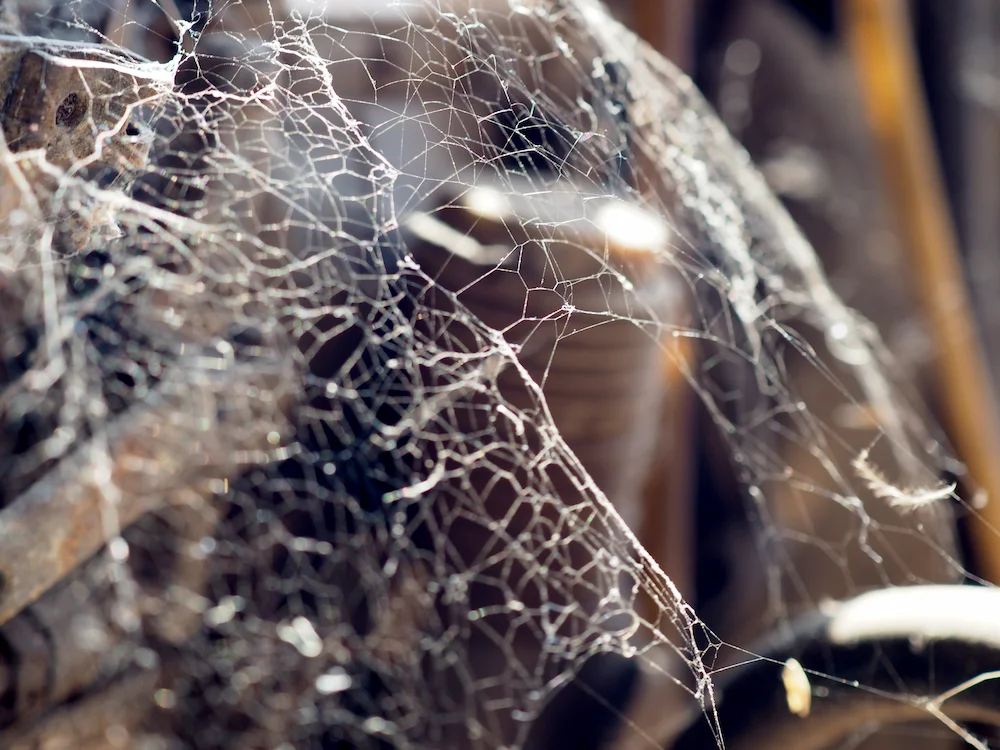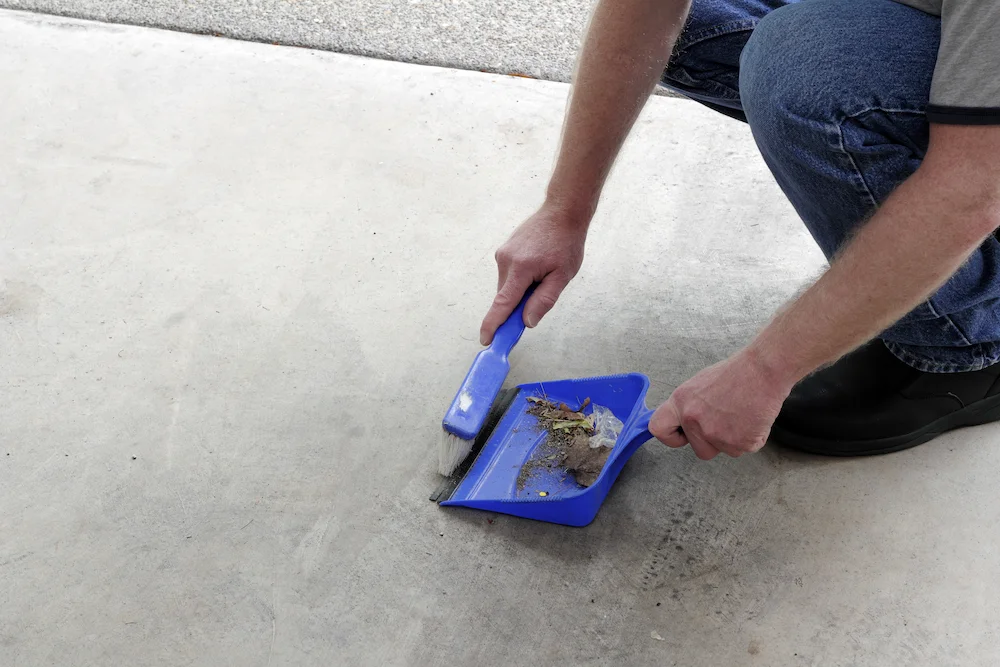Your Garage Could Be Hiding Pests: Here’s Why
Your Garage Could Be Hiding Pests: Here’s Why
Summary: A clear, homeowner-friendly guide explaining why garages attract activity, how to identify small issues early, and the exclusion and sanitation steps that stop problems before they spread indoors. Includes two concise checklists and internal links to core service and location pages.
Garages sit between the outdoors and your living space, which makes them a perfect crossing point for insects and rodents. Temperature swings, stored items, and frequent door use all add up to a welcoming habitat.
In this guide, you’ll learn why garages attract activity, how entry points and food sources work together, and what to do to stop a small issue from becoming a pest infestation. You’ll also find quick checks and long-term fixes you can start today.
Why Garages Invite Unwanted Guests

Garages provide consistent shelter with stacked boxes, cabinets, and insulation. These create protected harborage where hidden pests can nest without being disturbed for weeks.
Warm engines, water heaters, and appliances produce heat and moisture. That combination draws many common household pests seeking a stable microclimate, especially when outdoor weather is hot, wet, or cold.
Entry Points: Small Gaps, Big Problems

Most critters don’t stroll in through the front. They squeeze through tiny openings. Door sweeps that don’t seal, warped side doors, and gaps where the slab meets the framing are prime routes for pests in garage spaces.
Check where utilities penetrate walls: around garage door tracks, weather stripping, base plates, and the threshold. Even a quarter-inch gap is a wide open door for ants and mice.
Quick entry-point checklist:
- Light seen under or along the sides of the garage door
- Cracked or missing weather stripping and door sweeps
- Unsealed gaps around pipes, conduits, or vents
Food, Water, and Clutter: The Big Three

Food sources don’t always look like food. Pet kibble, grass seed, bird seed, and even spilled sports drinks provide calories that attract garage pests. Cardboard absorbs food odors and becomes both nesting material and dinner for some insects.
Water is just as important. Condensate from refrigerators, leaky hose bibs, and damp mops can sustain colonies. Pair moisture with clutter and you create runways and cover that make removal harder.
Storage Habits That Attract Activity
Stacking boxes directly on the floor creates dark, stable zones that are easy to colonize. Elevate storage on metal shelving at least four inches off the floor so you can sweep and inspect.
Use sealed plastic bins for seed, fertilizer, and pet food. Label bins and rotate stock so nothing sits open long enough to draw foraging insects or rodents.
Spotting Problems Early

Early detection keeps costs down. Look for pepper-like droppings on sill plates, nibble marks on cardboard, and fine sawdust near trim that can indicate wood-boring insects or ants.
Listen at night when the garage is quiet. Scratching behind drywall, intermittent chirps, or faint rustling inside stored items are common signals of activity.
Common warning signs:
- Pinhole gaps at door corners and at the door sweep
- Wings, shed skins, or webbing near lights and shelving
- Grease marks along baseboards or around utility lines
Prevention Steps That Work

Seal first, then sanitize. Install a snug door sweep and replace brittle weather stripping. Backer rod and high-quality exterior sealant close irregular cracks where frames meet concrete.
Next, remove incentives. Store all attractants in sealed containers, fix moisture sources, and declutter. Schedule a 15-minute weekly sweep to break up webs, remove debris, and monitor traps.
When to Call a Pro
If you’re finding multiple species, repeated droppings, or gnawing returns after cleaning, it’s time to bring in a licensed technician who can inspect, identify, and design a targeted plan.
Professionals pair exclusion with baits or treatments that match the species and conditions. That combination restores control quickly and keeps pressure low over the long term.
Next Steps
Ready for a thorough inspection and practical fixes? Explore our local services: visit our pest control services page and check service areas to find help near you.
Remember that garages connect outdoors to indoors, so addressing small issues early reduces the chance that hidden pests spread to other rooms. Proactive care keeps pressure low and prevents a larger pest infestation from taking hold. Say goodbye to your garage pests with Pointe Pest Control!
Citations
Carrick, T. (2021, August 9). 10 pests that might be living in your garage. Bob Vila. Available at https://www.bobvila.com/slideshow/10-pests-that-might-be-living-in-your-garage-580419/ (Accessed on November 7, 2025).
Request a Free Quote Today
(We do not share your data with anybody, and only use it for its intended purpose)


